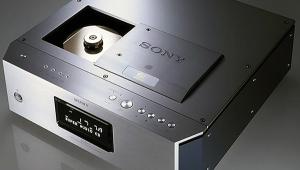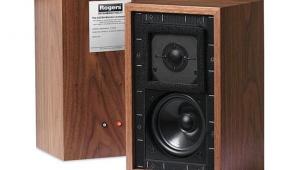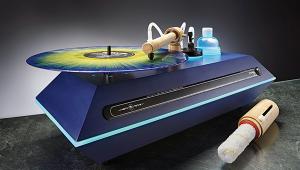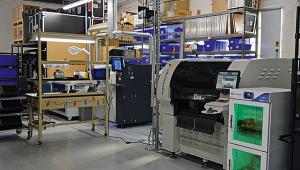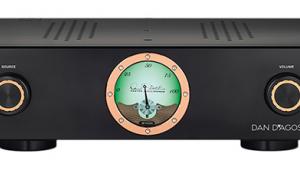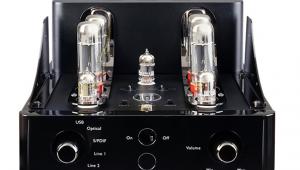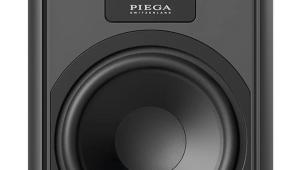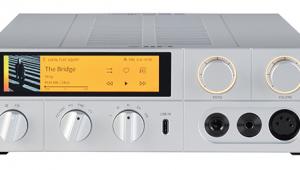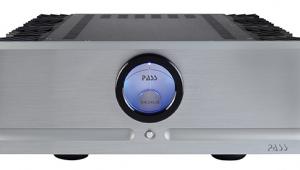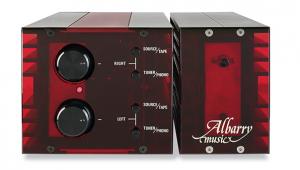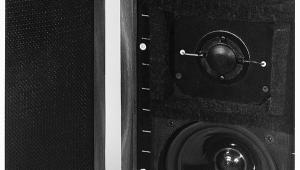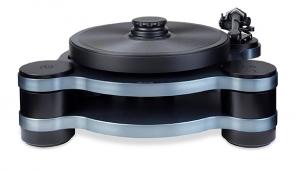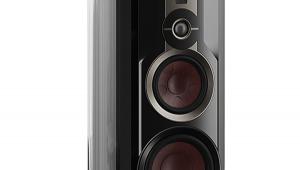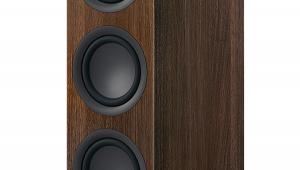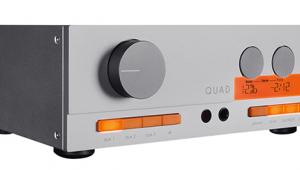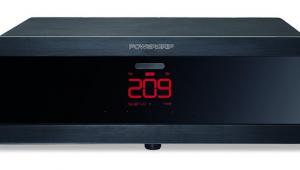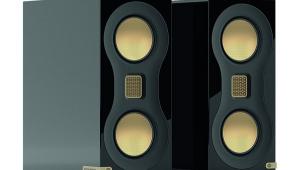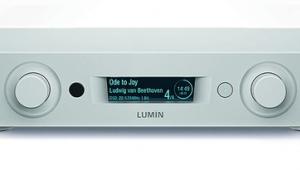Gallium’s going places

Following a flying visit to an audiophile friend’s listening room, Barry Willis believes Gallium Nitride (GaN) power transistors could be just what the amplifier world has been looking for
For more than two decades, I attended several hi-fi shows annually, including – until high-performance audio was sidelined – the Consumer Electronics Show, where someone was usually hyping a new technology. Such assertions were often stretching the truth, but not always: one year I wandered into a Texas Instruments demo where a placard next to a bowl of microchips, each the size of a postage stamp, stated: ‘These are 100W amplifiers’. The same year, Boulder rolled out an amplifier as big as a commercial truck engine and probably twice its weight. The contradiction could not have been more comical.
So long, silicon
I love progress – such as the fact that current automobiles can go 400,000 miles with simple basic maintenance. Thus, an earlier Jim Lesurf opinion piece [HFN Aug ’24) landed at a truly appropriate time for me. In it, he mentioned the invention of the transistor, the 20th century’s great leap forward – first germanium, then silicon, which engendered the development of high-density microprocessors on which contemporary life depends. He also quite rightly pointed to emerging semiconductors such as Gallium Nitride (GaN) as a preferable alternative.
In my case, Jim was preaching to a receptive choir. A friend in another state imports exotic gear from Eastern Europe. He’s been raving a long time about how great GaN FET-based amps can sound, but until the week of Jim’s column, I hadn’t had the opportunity to audition them.
That changed abruptly when a friend called and said he had something I really had to hear. He didn’t say what, but the enthusiasm in his voice was enough to convince me. A lifelong audiophile, this friend has been through more gear than I can remember – amps, speakers, processors, turntables, disc players, you name it – a practice as obsessively maddening as a startup hi-fi store trying to work up satisfying and saleable combinations for its demo rooms.
His ever-evolving system includes a beautiful pair of tall, elegant curvilinear speakers with excellent imaging ability and superb reach across the entire audio spectrum. We had previously gotten very good results driving them with either high-power valve monoblocks or a behemoth solid-state two-channel amp. In both cases we felt that as good as the performance was, there remained something still underexposed.
This propelled him to continue the hunt for better amplification, which eventually yielded a pair of diminutive GaN-transistor based monoblock amps, each about the size of a hardback book, but rated at 200W/4ohm. When I entered the room, my friend had the amps hidden behind a couple of boxes. He cued up some gorgeous tunes via Qobuz/Roon and a top-tier preamplifier.
I had heard his system in many iterations but whatever he had done was transformative. The presentation of a wide range of recordings at all playback levels was effortless and transparent, with superb imaging, total control of the bass, and shimmering, ephemeral dynamics.
Efficiency drive
Traditional amplification has always been one of hi-fi’s great bottlenecks. Understandably favoured by guitar players for their sweet harmonics, valve amps typically lack damping factor and can have a higher noise floor. Transistor amps can overcome such limitations, yet they continue to evolve. GaN FETs are another arrow in the quiver of the amplifier designer, their fast switching speed particularly suitable for Class D applications. These amps can render obsolete the bulk of heatsinks, huge transformers, and massy enclosures, all thanks to Class D’s high efficiency, so most of the electrical energy flowing into a GaN-based switching amp doesn’t end up as hot air filling a room.
Although little more than a drive-by appraisal, my time with this ‘GaN-based’ Class D amp was a revelation. Will such products become more widespread?





